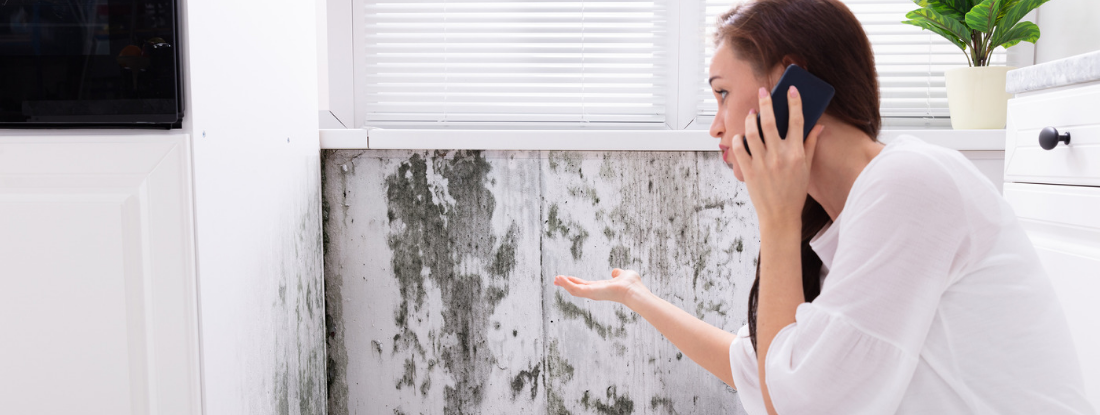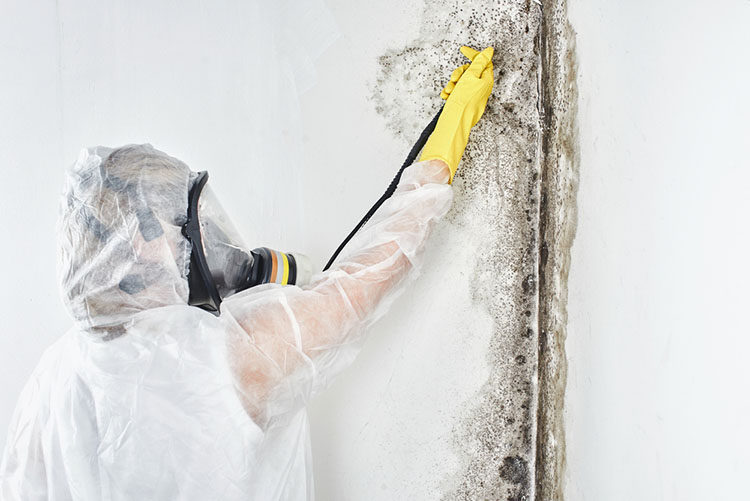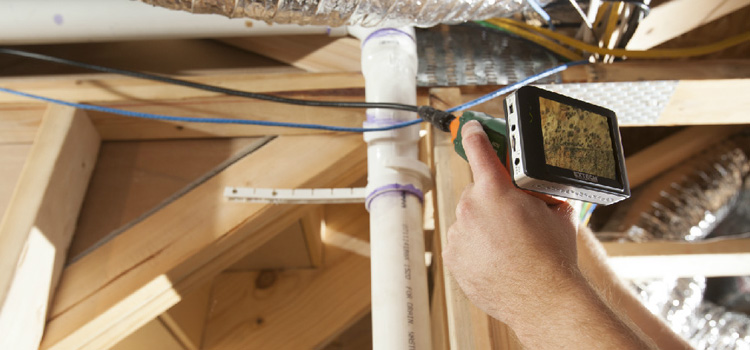Support on What to Do After Mold Remediation
Support on What to Do After Mold Remediation
Blog Article
Your Ultimate Overview to Post Mold Removal Strategies
In the aftermath of mold and mildew problem, understanding exactly how to properly eradicate the mold and mildew and prevent its reoccurrence is critical for keeping a healthy and balanced interior environment. From choosing the appropriate cleaning and disinfecting approaches to executing approaches for long-term mold and mildew avoidance, each action in the remediation journey plays an important duty in making certain a successful end result.
Comprehending Post-Mold Remediation Refine
After finishing the mold and mildew remediation procedure, it is crucial to understand the post-mold remediation methods that are required to make certain a thorough and efficient clean-up. Once the mold and mildew has actually been removed, the following step includes cleansing and decontaminating the impacted locations to stop any kind of regrowth of mold.
Furthermore, carrying out a last evaluation post-remediation is crucial to make sure that all mold and mildew has actually been effectively removed. This assessment needs to involve an extensive aesthetic check as well as potentially air tasting to validate the absence of mold and mildew spores in the air. Extra removal may be required if the assessment discloses any kind of lingering mold. Last but not least, enlightening residents on precautionary steps such as managing dampness levels and immediately addressing any water leaks can help maintain a mold-free atmosphere.
Effective Cleaning Up and Sanitizing Techniques

Preventing Future Mold Growth

Value of Proper Air Flow
Proper air flow plays a critical duty in avoiding moisture build-up, a crucial aspect in mold development within indoor settings. Efficient ventilation systems assist remove excess humidity from the air, minimizing the chances of mold spores locating the moisture they need to spread and sprout. Without sufficient air flow, indoor rooms can become a reproduction ground for mold, causing potential wellness risks and structural damages.
By ensuring correct air circulation, air flow systems can additionally help in drying out wet areas quicker after water damage or flooding occurrences, better discouraging mold and mildew development. testing air quality after mold remediation. In areas like shower rooms, kitchen areas, attic rooms, and basements where dampness levels tend to be higher, setting up and keeping reliable air flow systems is vital in preventing mold invasions

Surveillance and Maintenance Tips
Given the critical function that correct ventilation plays in stopping mold and mildew development, it is imperative to develop effective tracking and maintenance suggestions to ensure the continued capability of air flow systems. Regular inspections of ventilation systems need to be carried out to look for any kind of indicators of have a peek at this website blockages, leaks, or breakdowns that can impede proper air movement. Tracking moisture levels within the residential property is also crucial, as high humidity can add to mold growth. Setting up a hygrometer can aid track humidity degrees and sharp property owners to any spikes that may call for attention. In addition, guaranteeing that air filters are regularly cleansed or replaced is important for keeping the efficiency of the ventilation system. Applying a schedule for routine upkeep jobs, such as duct cleaning and a/c system examinations, can help stop issues before they rise. By remaining proactive and alert to the problem of ventilation systems, building owners can effectively mitigate the threat of mold regrowth and preserve a healthy interior environment.
Conclusion
To conclude, post-mold removal methods are important for guaranteeing a secure and clean environment. Recognizing the procedure, carrying out effective cleansing and disinfecting approaches, avoiding future mold development, maintaining correct ventilation, and normal surveillance are all vital action in the removal process. By adhering to these guidelines, you can successfully remove mold and stop its return, functioning or promoting a healthy and balanced living area for all occupants.
In the after-effects of mold problem, understanding exactly how to successfully remove the mold and mildew and stop its reoccurrence is vital for keeping a healthy interior atmosphere. Once the mold has actually been removed, the following action includes cleaning and sanitizing the influenced locations to prevent any regrowth of mold - Post Mold remediation cleaning. After getting rid of visible mold and mildew growth, it is critical to cleanse all surfaces in the affected area to eliminate any type of staying mold and mildew spores. To even more enhance mold and mildew avoidance measures, it is crucial to deal with underlying problems that at first led to mold advancement.Offered the essential role that appropriate ventilation plays in stopping mold and mildew development, it is my review here crucial to develop reliable surveillance and upkeep ideas to guarantee the continued performance of air flow systems
Report this page